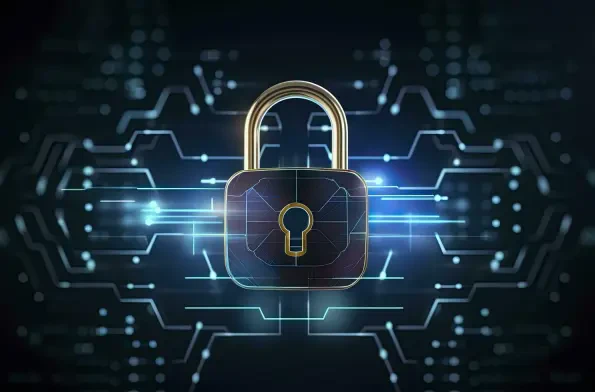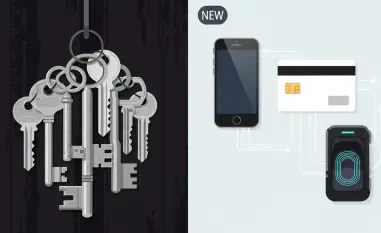In the rapidly evolving landscape of cybersecurity, even the most sophisticated defense mechanisms can be challenged by crafty cybercriminals. Such was the case in a recent incident where a threat actor successfully bypassed SentinelOne’s Endpoint Detection and Response (EDR) system to deploy a variant of the Babuk ransomware. This breach not only exposed a critical vulnerability in SentinelOne’s defenses but also highlighted the ever-present need for constant vigilance and robust system configurations to fend off threat actors who continually adapt and create innovative methods of attack.
The Breach: Exploiting System Vulnerabilities
Targeting the Local Upgrade Process
Stroz Friedberg, a part of Aon’s Incident Response Services, uncovered how the threat actors executed the attack by targeting a known vulnerability in the local upgrade and downgrade process of the SentinelOne agent. This vulnerability allowed the attackers to disable the EDR temporarily during a process where an application on the server had administrative privileges. The attackers were able to craft a scenario that exploited specific conditions—notably, the ability to manipulate the upgrade process—which effectively allowed ransomware to penetrate deep into the system without obstruction. These steps were marked by the creation of several legitimate installer files for SentinelOne, enabling rapid version changes that manipulated the system’s defenses in a short timeframe.
Understanding the Exploit Methodology
The examination of these incidents revealed a pattern where the threat actors methodically tested their tactics on a Windows Server running SentinelOne version 23.4.6.223. This strategic move involved terminating the Windows Installer (msiexec.exe) during an upgrade process, which left the system devoid of its EDR protections. Such a break in defenses presented an opening for the ransomware to infiltrate the network infrastructure. The investigation by Stroz Friedberg provided vital insights into how the exploitation was consistently replicated across different versions of the SentinelOne agent. This revelation underscored a critical systemic issue that demanded immediate rectification to secure systems against similar incursions in the future.
SentinelOne and the Mitigation Response
Implementing Defensive Measures
A crucial takeaway from this incident was identifying SentinelOne’s “Online Authorization” feature as a robust mitigation measure. This feature plays a pivotal role in preventing the local upgrade and downgrade loophole by disabling these functions when activated. Despite not being enabled by default during the attack, Stroz Friedberg strongly recommended its implementation. The feature effectively shuts down the exploit window, reinforcing the agent’s defenses against similar bypass attempts. Regular reviews and updates of EDR configurations were also stressed as crucial defensive strategies, urging organizations to actively enhance their cyber hygiene to protect against evolving threats.
Collaborative Industry Efforts
Following the breach, SentinelOne moved swiftly to collaborate with Stroz Friedberg, extending their efforts to privately inform other EDR vendors about the vulnerability. This proactive approach permitted vendors to preemptively strengthen their defenses, ensuring that no current EDR systems remain susceptible so long as they are correctly configured. This incident has illuminated the critical importance of industry-wide collaboration in tackling cybersecurity challenges, fostering a collective effort to stay ahead of emerging threats. By sharing knowledge and improvement strategies, EDR vendors can build resilience against potential vulnerabilities and enhance the overall security landscape.
Looking Ahead: Lessons and Future Considerations
The Path to Enhanced Cybersecurity
As threat actors continuously evolve their tactics, it is clear that cybersecurity solutions must also advance to counter these sophisticated techniques. The incident involving the Babuk ransomware serves as a stark reminder of the necessity for rigorous defense configurations and the importance of staying vigilant. Enhancing existing cybersecurity measures and regularly auditing system configurations will remain essential strategies in maintaining a robust security posture. Cybersecurity professionals must continue to innovate and adapt to ensure that defense mechanisms are effectively protected from even the most innovative of attacks.
The Role of User Awareness and Engagement
In the dynamic and ever-changing realm of cybersecurity, even the most advanced and innovative defense systems can be put to the test by cunning cybercriminals. This was exemplified in a recent event where a malicious threat actor managed to circumvent SentinelOne’s Endpoint Detection and Response (EDR) system, enabling the deployment of a modified Babuk ransomware variant. This incident not only unveiled a significant vulnerability within SentinelOne’s defense infrastructure but also underscored the perpetual necessity for constant caution and exceptionally strong system configurations. As cybercriminals continually evolve, developing inventive and sophisticated attack techniques, organizations must diligently stay ahead. This entails not only investing in cutting-edge technology but also regularly updating and reinforcing cybersecurity measures. It is essential for businesses and individuals alike to remain ever-vigilant and proactive in their security strategies, ensuring that systems are resilient against the relentless ingenuity of cyber threats.













